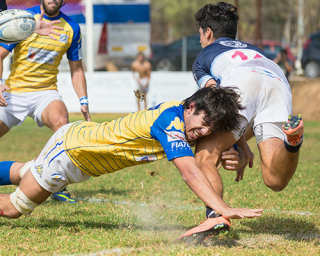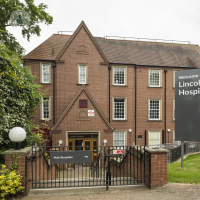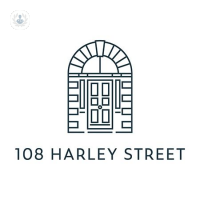Fractured shoulder
Mr Charles Jeremy S Corbin - Orthopaedic surgery
Created on: 11-13-2012
Updated on: 03-29-2023
Edited by: Jay Staniland
What is a fractured (broken) shoulder?
A shoulder fracture is a break or a crack in one of the three following bones; the clavicle, scapula or the proximal humerus. In the latter case, it would be called a broken shoulder. The humerus can be broken in many places and the fracture is normally described by its location.
Shoulder fractures often result from a sudden force applied on the arm, such as from a serious fall, when playing contact sports, or as the result of a car accident.

What is the anatomy of the shoulder?
The shoulder is made up of three bones: the scapula (shoulder blade), clavicle (collar bone) and the humerus (the arm bone).
The three bones are joined together by ligaments, tendons, muscles and joint capsule in order for the arm to work.
The shoulder is made up of three joints: glenohumeral joint (the main joint), acromioclavicular joint and the sternoclavicular joint.
What are the causes of a fractured shoulder?
Fractures of the clavicle or proximal humerus are most commonly caused by a direct blow to the area from a fall, collision or motor vehicle accident. The scapula is protected by the chest and surrounding muscles and therefore is not easily broken. Fractures of the scapula are normally caused by high-energy trauma, such as a high-speed motor vehicle accident. They are also associated with injuries to the chest.
What are the symptoms of a fractured shoulder?
General symptoms of a fractured shoulder include pain, swelling and bruising, an inability to move the shoulder, a grinding sensation when the shoulder moves and that it does not look right. It depends on which of the three bones in the shoulder are fractured for specific symptoms.
How is a fractured shoulder diagnosed?
Fractures are diagnosed by the use of an X-ray and by physical examination.
How are shoulder fractures treated?
Treatment depends on which of the three bones has become fractured:
- Clavicle (collarbone) fractures – These fractures are usually treated without surgery. Surgery is required when a fracture has broken through the skin or the bone is out of place. It is fixed with plates, screws or rods inside the bone.
- Proximal humerus (arm bone) fractures – Most fractures of the proximal humerus are left without surgery if the bones are not displaced. If they are out of position, surgery is necessary and involves fixation of the fracture fragments with plates, screws, or pins. In some cases, it involves shoulder replacement.
- Scapula (shoulder blade) fractures – Most are treated without surgery. Treatment includes using a sling, icing and pain medications. Fractures that need surgery usually have fracture fragments involving the shoulder joint, or there is an additional fracture of the collarbone. Surgery includes plates and screws for fixation.













